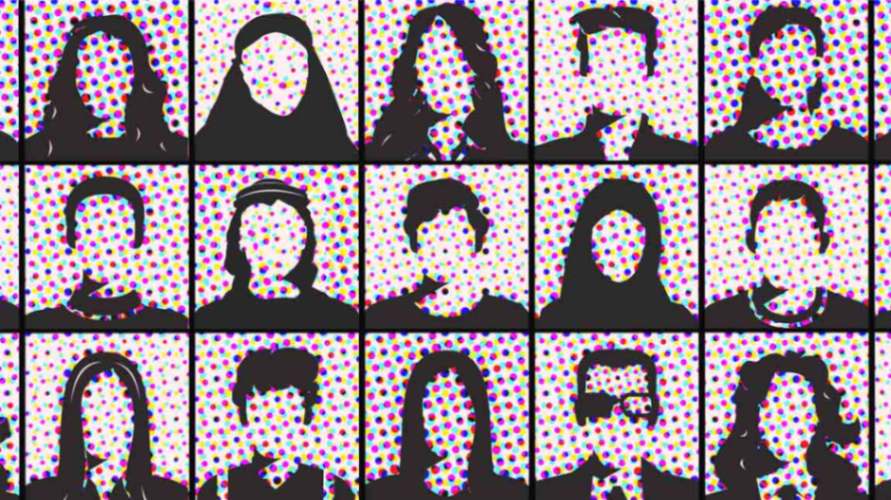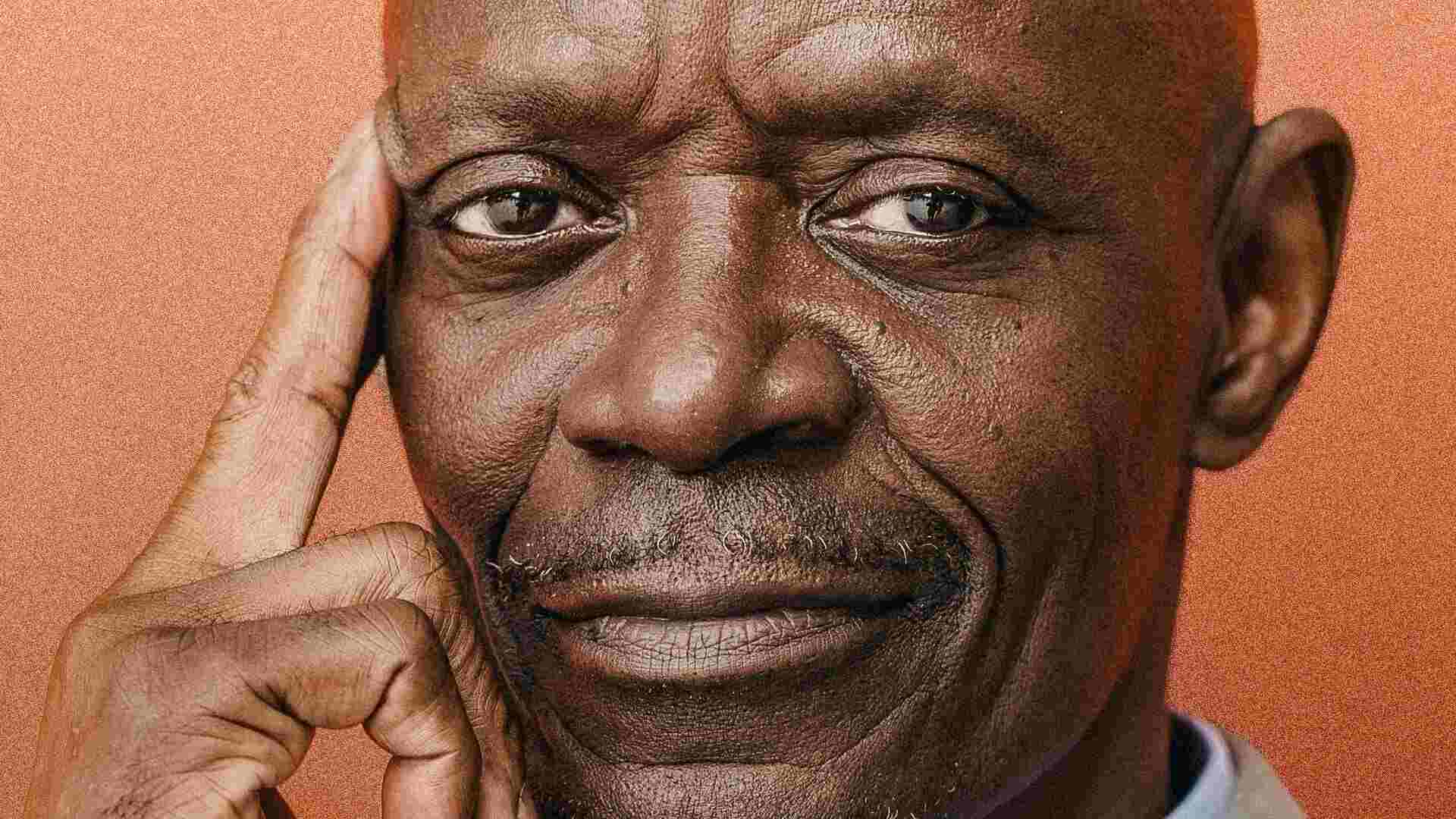- | 9:00 am
How to stay focused when you have to pay attention to multiple things at once
With self-discipline, we cultivate the ability to serve our own best interests by balancing competing or even contradictory impulses and priorities.

The lecturer has you spellbound. Their topic is highly relevant, their slides compelling, and their presentation style mesmerizing. You’re hanging on their every word, closely following their line of reasoning, frantically scribbling down each salient point in your notebook, when suddenly . . . squirrel!
Your mind flits away, zigzagging near and far until you notice the other attendees gathering up their notebooks and tablets as they head for the door. The lecture is over, and you’ve missed out on much of the wisdom that held you momentarily entranced.
In our age of handheld devices and communicable ADHD, human beings are more distracted than ever. No matter how determined our efforts to keep focused, our eyes and our minds seem equally determined to ricochet hither and thither, drawn to any target that will eclipse what should be the object of our attention.
It may be comforting to learn that, by design, rapid eye movement extends beyond the realm of sleeping and dreaming. Even better news is that it’s not necessarily a symptom of inattention when we’re awake. In fact, just the opposite may be true. Which brings us to our most recent entry into the Ethical Lexicon:
Saccade (sac·cade/ sa-kahd) noun
Rapid shifts of gaze that place the line of sight on a desired target with a single smooth movement.
Saccadic eye movements play a critical role in exploring and spatially organizing our sensory environment. We know how photographic images comprise a multitude of pixels. In much the same way, when the eye focuses on an object, it orients itself by fixating on a variety of points in order to accumulate information and establish context.
Our ability to perceive an object, therefore, and to position it in our universe, requires that we collect visual data points and arrange them into a kind of optical mosaic. What registers to us as a single, stable image, is actually a composite of optic pixelations fused seamlessly together inside our brains.
REINING IN YOUR ATTENTION
The word saccade comes from the French, originally describing a quick, sharp tug on the reins to keep a horse from veering off course. Similarly, a series of staccato eye movements enables us to fix our attention on a single point of focus.
This seems to leave us in a state of contradiction, does it not? We find ourselves in constant battle against the hail of distractions swirling around us, yet we need myriad images to help us identify and understand our place in the world. If we filter out too many images, we deprive ourselves of both information and context. If we try to process too much data, we overload. How are we supposed to stay on course through the treacherous steeplechase of life?
Writing for Horse Sport Magazine, sports consultant Sonja Seyfort describes the techniques used by elite equestrians to maintain their bearings as they negotiate each course:
- The onset: When their gaze locks onto an object—is earlier.
- The duration: The length of their gaze—is longer.
- The offset: When their gaze leaves one object to focus on another—is sooner.
- Their gaze has fewer rapid shifts or saccades.
In other words:
- First, choose your focal points with more discernment.
- Second, hold your focus for a longer timespan.
- Finally, shift your gaze decisively to the next point of focus.
This discipline will naturally reduce your distractibility while allowing you to draw on all the data you need to achieve and maintain clarity.
WINNING THE RACE FOR ATTENTION
What does this have to do with business? Everything. The same strategy can lead to making better decisions with fewer distractions whatever race we are running.
Ask yourself: Where should I be looking?
With whole constellations of shiny new objects orbiting around your consciousness and vying for your attention, you need to quickly assess which of them offer the greatest potential benefit relative to the proportionate cost in time, money, and energy. You may miss the occasional jackpot, but you’ll also save yourself from plunging down unprofitable rabbit holes.
Once you make a decision, stick with it as long as it remains viable.
We all want quick payoffs, but most endeavors are marathons and not sprints. If you jump ship too soon, you might have abandoned the vessel that was carrying you to the promised land.
All things eventually come to an end.
Sometimes investments don’t pan out. Recognizing when it really is time to jump from one ship to another passing in the night is a sign of true wisdom.
The line between persistence and stubbornness, like the line between courage and foolhardiness, is blurred and often hard to find. The S in ETHICS stands for self-discipline, with which we cultivate the ability to serve our own best interests by balancing competing or even contradictory impulses and priorities.
The more we practice, the more we acquire and absorb the skills for success. Once we do, our capacity for staying focused while looking in all directions will become second nature, like a horse responding to the rider that it knows and trusts.







































